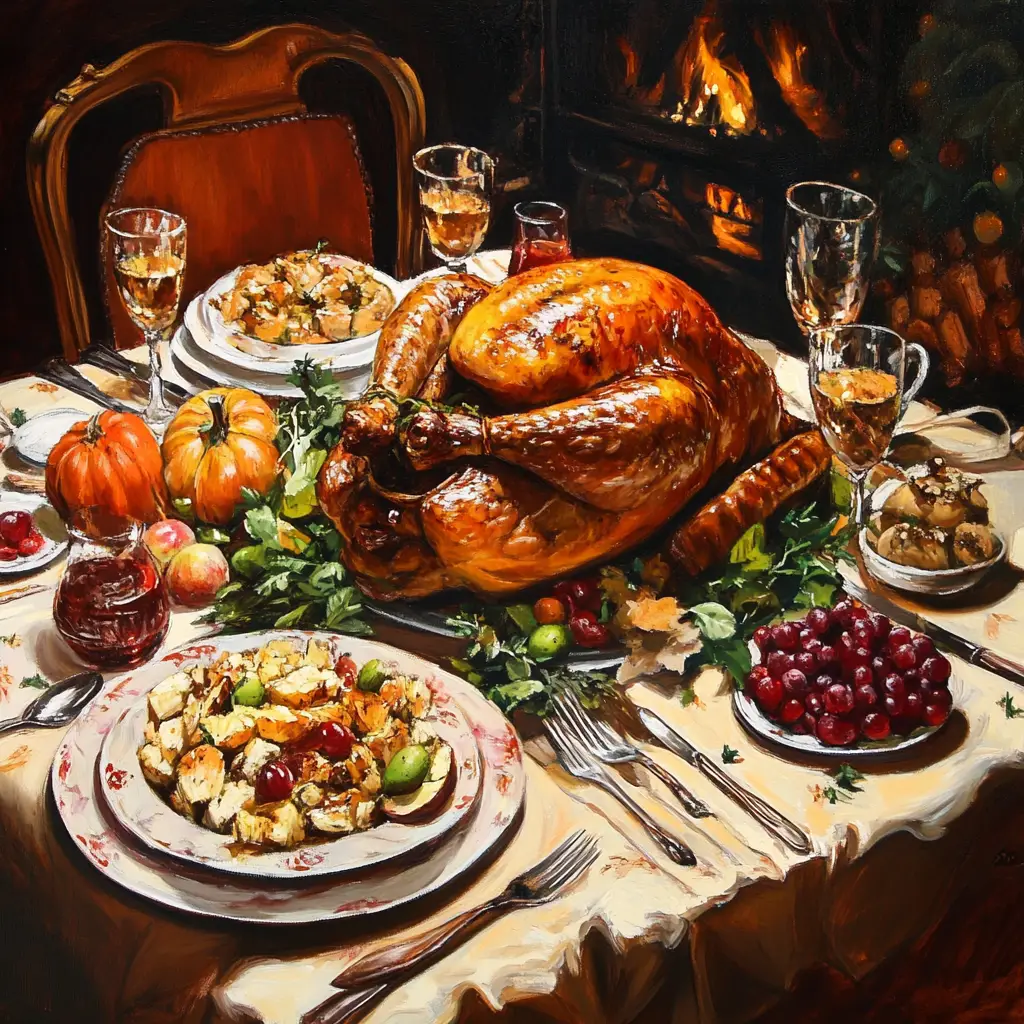Thanksgiving is a cherished annual tradition celebrated in the United States and Canada. Known for its focus on gratitude, family gatherings, and feasting, the holiday has deep historical and cultural roots. This article delves into the origins of Thanksgiving, its evolution over centuries, and how it became a national holiday.
Early Origins of Thanksgiving
The concept of giving thanks is not unique to the modern Thanksgiving holiday. Various cultures throughout history have held festivals to celebrate harvests and express gratitude for abundance. However, the roots of Thanksgiving as celebrated in North America trace back to early European settlers and their interactions with Indigenous peoples.
The 1621 Pilgrim Thanksgiving
The most well-known origin story of Thanksgiving centres around the Pilgrims, who arrived on the Mayflower and established Plymouth Colony in 1620. After a challenging first winter, during which many settlers perished, the Pilgrims experienced a successful harvest in 1621, thanks in part to assistance from the Wampanoag people.
To celebrate, the Pilgrims held a three-day feast, often regarded as the “First Thanksgiving.” Attendees included Pilgrims and approximately 90 Wampanoag people, who shared food and fellowship in an atmosphere of mutual gratitude.
Evolution of Thanksgiving Traditions
Thanksgiving was not immediately established as an annual event. In the years following the Pilgrims’ feast, various colonies held sporadic days of thanksgiving to mark specific events, such as military victories or bountiful harvests.
Thanksgiving in the 18th and 19th Centuries
By the 18th century, thanksgiving celebrations became more common across the American colonies, particularly in New England. The Continental Congress declared several days of thanksgiving during the American Revolution to honour military successes and national perseverance.
In 1863, during the Civil War, President Abraham Lincoln declared a national day of thanksgiving to be observed in November, uniting the country through gratitude and reflection. This proclamation cemented Thanksgiving as an annual holiday in the United States.
Modern Thanksgiving Celebrations
Thanksgiving today is a national holiday celebrated on the fourth Thursday of November in the United States and the second Monday of October in Canada. The holiday is characterised by:
- Traditional Foods: Turkey, stuffing, cranberry sauce, pumpkin pie, and more.
- Family Gatherings: A time for families to come together and reflect on shared blessings.
- Parades and Football: Events like the Macy’s Thanksgiving Day Parade and American football games have become staples of the celebration.
- Charitable Acts: Many people volunteer or donate to help those in need during the holiday season.
Thanksgiving Beyond North America
While Thanksgiving is most closely associated with the United States and Canada, similar harvest festivals are celebrated worldwide. For example, Germany has Erntedankfest, and Japan observes Kinro Kansha no Hi, a day of thanks for labour and harvest.
Related Questions
Why is Thanksgiving celebrated in November?
Thanksgiving is celebrated in November in the United States to honour President Lincoln’s 1863 proclamation and align with harvest traditions.
What is the significance of the First Thanksgiving?
The First Thanksgiving symbolises gratitude, cooperation, and shared abundance, marking a peaceful moment between the Pilgrims and the Wampanoag people.
Do other countries celebrate Thanksgiving?
Yes, Canada celebrates Thanksgiving in October, and other nations have harvest festivals with similar themes of gratitude and abundance.




